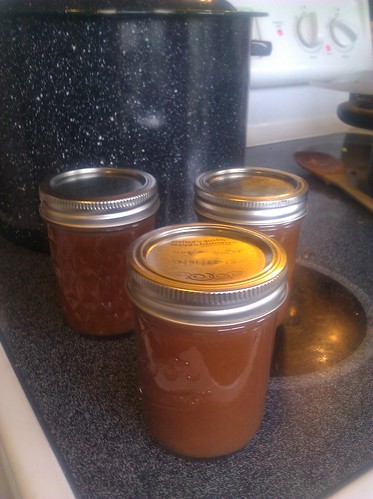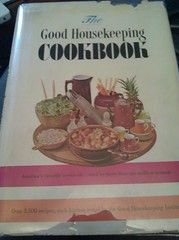Next week Espresso Parts is going to have a coffeemaking class next week, and Michael is doing a test run with a few folks.
Always use scale to measure instead of eyeballing.
For autodrip [missed how much]
Cup != cup.
200 degrees (f), 7 minutes, autodrip. Certification agency? Fluke thermometer, for accuracy. Comes out at 175 degrees.
Discussion of water filtering — or not! In a taste test, unfiltered tap water did best.
I actually tasted some. 🙂 Not that I have any idea what coffee should taste like.
Display of grids of coffee: showed full range, but really there’s just two grinds for home: coarser for soaking in water, finer for pouring water over. Nice explanation of surface area. Inbetween for Moka pot! Espresso just means fast for Moka.
Show off IR burner.
Hario V60: #2 filter, bleached. Difference in holes in the bottom: Hario has better opening, larger single, vs “beehive” (brand?) with two smaller holes. Numbering in filters is about size. Differences in taste between bleached, unbleached, and metal, mostly a preference thing, altho unbleached tends to taste like paper. Discussion of rinsing or not. At temperature, also heats up the equipment. 1 to 16 ratio (1 gram coffee, 16 grams water) generally, with this at 1 to 18. (.63 oz) Also weighs the water. 25 g coffee, 450 g water. (.9 oz, 15.9 oz) Bloom = degassing
He’s got one of Angela’s friends actually doing the pourover.
Thinking maybe he should rearrange the setup so that more people can gather around, either that or closer to the seating.
2nd pourover taste, made by Panda, underextracted coffee, but preferred. 50g less water.
“If you like what comes out, that’s what matters”
Another taste with 500g water: more muted flavor. (Of course I’m still nursing the cold cup from earlier!)
Discussion of heating the water, backing off from 212/boiling
Discussion of washing/warming the french press. “Full immersion” vs “pour over”
Review french press techniques, if you leave it in after brewing, last cup & first cup will be very different.
Caffeine difference between different methods.
[headed home]

